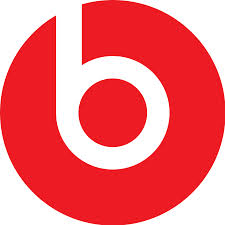Moving consumers closer to a sale/
There’s an old marketing axiom that one must look at a product’s most committed customers to help determine preference for a sale. Researchers suggest looking at the top box in quantitative studies. Consumers who agree “completely” are typically the best customers. When we know what our most committed customers care about, the thinking goes, we can package those things in ways that convince others to become loyal customers. Sadly, this is flawed logic. Not everyone can go gaga over a product. Customers who aren’t obsessed require a different approach.
I’ve talked a lot lately about “learning vs. selling.” For customers not particularly committed to your product, what the planner needs to know is what learning will move them closer to a sale. “If safety is most important to you when buying a car, will titanium reinforced doors make you more likely to buy” kind of stuff.
We need to understand what consumers don’t know about our product or service that will get them to consider or buy – and then we need to enable that learning. Peace.




